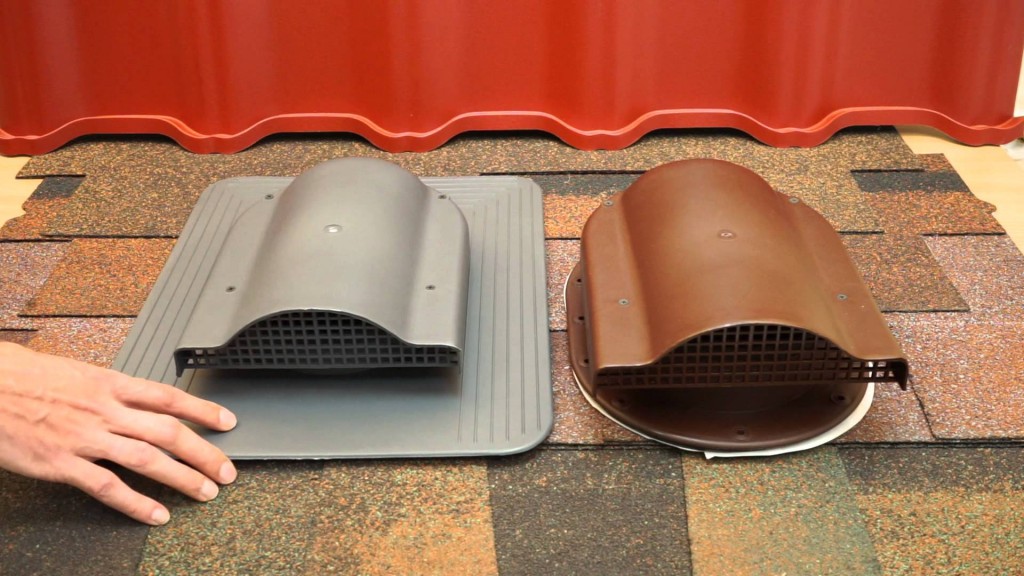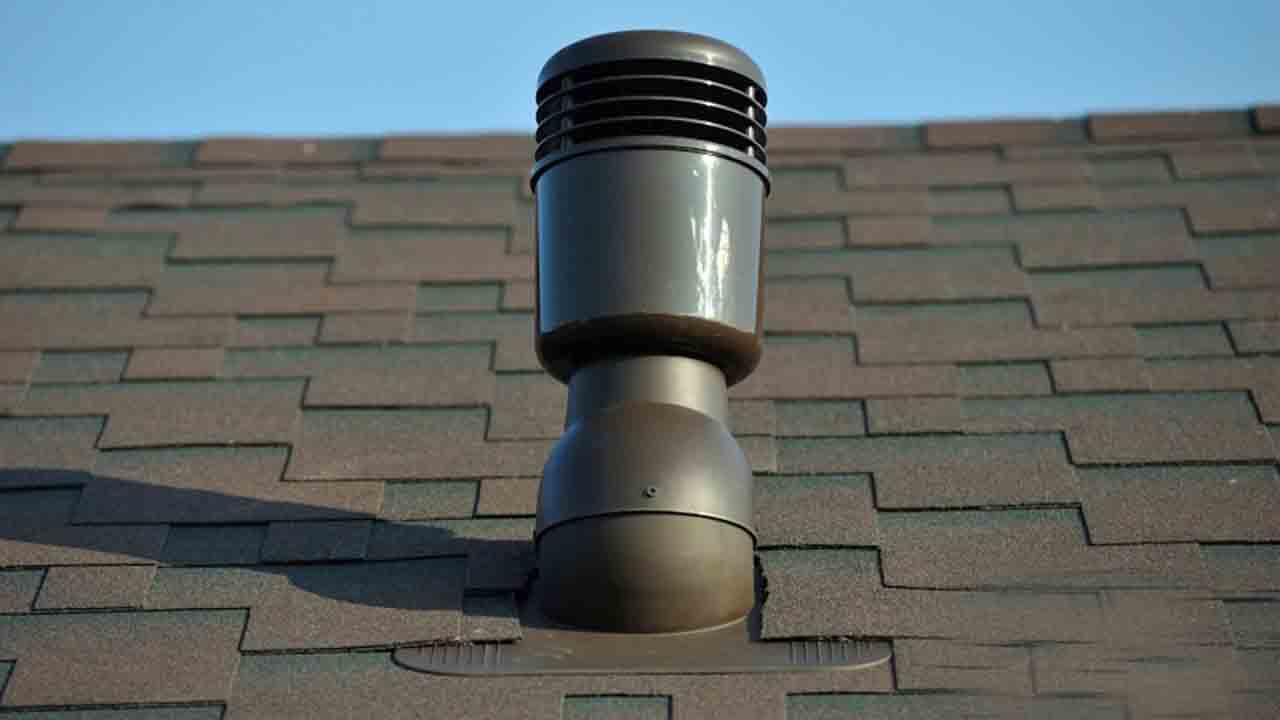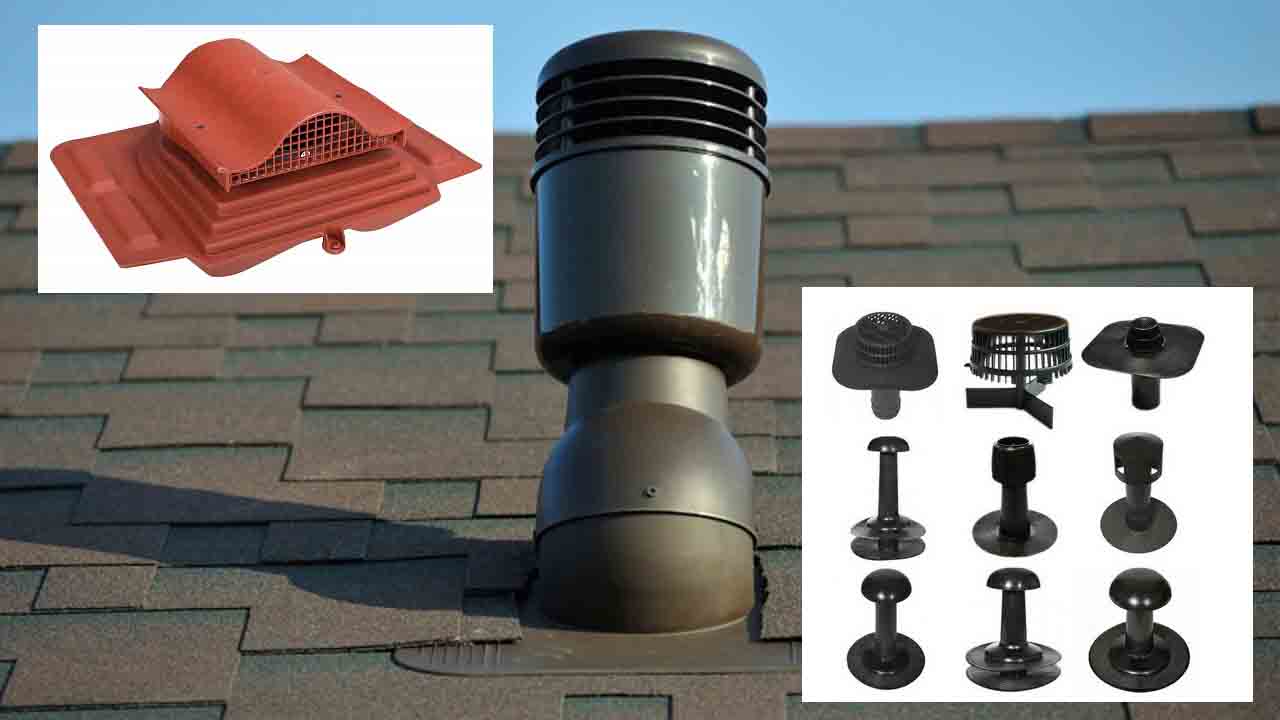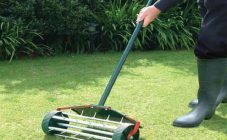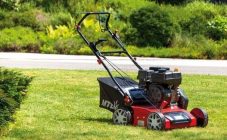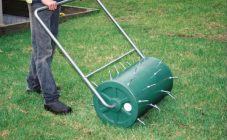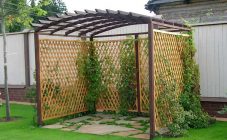Content:
The roof of the house is a reliable shield against bad weather and other natural phenomena. So that gaps do not form in it, you must first of all understand the structure of the roof and the processes taking place in it. Then, expertly select all the elements. An important detail is the aerator. One of the leading manufacturers in Russia is the Technonikol company. How to choose and install the Technonikol aerator suitable for your home» — This review will tell.
Features and purpose of the roofing aerator
First, you need to understand the mission of the device and the device of the roofing cake. If a lot of money has been spent on arranging the roof in a residential building, it is insulated, covered with a modern expensive coating, but instead of warmth, dryness and comfort, dampness, cold and even mold come into the house after a while - it's all about the physical processes that occur in the pie roofs. It's all to blame:
- the formation of condensation inside the roof. The material "sweats" more in wet weather. And the higher the humidity, the higher the “dew point” - the temperature when the gas turns into liquid;
- vapor permeability of the roof. Almost all roofing materials have the ability to pass gas through themselves. No wonder most of them are called breathing;
- thermal expansion. Any materials used in the coating become larger in volume when heated and smaller when the temperature drops.
Therefore, if, during the installation of the insulated roof, they forgot about the laws of physics, neglected the installation of a roofing aerator (also called a weather vane), dampness cannot be avoided. Weathervans are of different types depending on the design features of the roof. But their mission is the same - to provide ventilation: remove excess moisture and promote air circulation.
Types of roof aerators
It is necessary to classify TechnoNIKOL roof aerators from two types of roof: pitched or flat.
For a pitched one - with a slope above 10 degrees - it is rational to install a weather vane only above living quarters. Due to the slope, which is usually in the range of 30-50 degrees, the attic space plays the role of insulation; less snow and water collects on such a roof, but it is more susceptible to wind load. For technical rooms, in this case, you can do without insulation and ventilation, for residential ones - no. In this case, a film is laid on wooden rafters with a crate, a heater is placed on it, and a roof is on top. But no film will protect you from moisture 100%. Therefore, two types of weather vane are used:
- point (KTV aerator);
- ridge.
A point aerator "Technonikol" is mounted at the highest point of the roof, providing air exchange due to the temperature difference outside and inside the building. It resembles the ventilation pipes of high-rise buildings in miniature.
Ridge, as the name suggests, crowns the ridge of the roof along its entire length and is covered with roofing material.
For a flat roof - with a slope of less than 10 degrees - there is a type of weather vane. This device differs from the pitched one. First, the floor slabs are leveled with a sand and cement screed, insulation is placed on it, then the screed again, coated with primer or mastic. The weather vans are placed under the layers to be welded so that there are no air bubbles.
Roofing aerators "Technonikol" eco for flat roofs have a common design: they look like a mushroom and consist of similar parts: a skirt, a tube and a cap (myceliums, legs and caps). These elements provide stability, the ability to ventilate the roof and protection from the weather.
In addition to the structural features of the roof, wind vans are classified according to the type of roofing.
Thus, using exclusively the line of one company, it is necessary to choose the Technonikol soft roof aerator taking into account the various features of both the roof and the wind vane.
How to choose a Technonikol roof aerator: selection criteria
Roofing aerator "Technonikol" has a number of competitive advantages:
- unified design style: a large selection of colors (aerator KTV "TechnoNIKOL" can be brown, black, green - a suitable one is selected for any roof covering);
- anti-corrosion raw materials;
- the possibility of using in private housing;
- the ability to use on a previously mounted roof;
- burnout protection;
- any angle of inclination of the roof.
What characteristics to look for when choosing a roofing aerator from Technonikol, any of the models: ECO, KTV or Pilot. The calculation takes into account:
- Construction stage. Some aerators can be installed only at the stage of construction or complete re-roofing, others are mounted on finished roofs.
- Use of attic spaces. If there is a residential attic or a room under the roof, the aerator should be solid (ridge), but only for a pitched roof. Flat roofs and coverings of non-residential premises are equipped only with point aerators.
- Roof types. Suitable for each wind vane and their features are shown in the table.
| Roof | Features: | Place of installation |
|---|---|---|
| soft | material - resistant polypropylene; action - reducing the pressure in the roof cake, eliminating the formation of condensation | joints of plates; the highest points of the roof |
| metal tile | material - metal, resistant to corrosion, sun and precipitation; action - removal of moist air, protection against corrosion of fasteners | any point of the roof |
| decking | material - metal, resistant to corrosion, sun and precipitation; action - removal of moist air, protection against corrosion of fasteners | closer to the ridge |
Installation of the Technonikol aerator on the roof
Professionals give some useful tips for installing Technonikol aerators. Installation rules depend on the answers to the questions:
- What is the condition of the insulation? If the material is dry, no additional effort is required; if it is wet, it should be replaced before installing the aerator.
- What size is the roof? It is recommended to install one TechnoNIKOL aerator for every 150 squares. If there are screeds on the roof - one for every 100 square meters.
- How many roof windows? If available, the number of weather vans increases. It is recommended to put two for each window - left and right.
- Is there a ridge on the roof? If the roof is pitched - the best place for mounting a weather vane is the ridge, it is better to bring all the ventilation closer to it. The distance between adjacent aerators should not exceed eight meters.
- What's the weather outside? All roofing works are carried out in dry weather. Also, frost for installing the aerator is not a hindrance. As well as for the functioning of the roof. A cushion cushion on which the aerator is placed protects the roof from freezing.
Installation instructions are the same. From tools and materials you will need: a hammer, tape measure, knife (scissors), circular, cord for marking, sealant, mastic.
Work order:
- Choose a place on the roof closer to the ridge, where it is possible to remove the layer before the thermal insulation, make a hole exactly the size of the weather vane.
- If the insulation is damp at the installation site, replace it.
- Apply mastic to the “root” and press it to the base of the roof.
- Attach the protective frame with self-tapping screws or liquid nails in a circle.
- Seal all slightest gaps.
The ventilation system, calculated and installed correctly, will save the roof from excessive moisture, which means it will create good weather in the house, regardless of the season and atmospheric conditions. That is why the calculation of the ventilation system must be carried out scrupulously, and in the case of high humidity in rooms or a complex structure, it must be entrusted to a special design organization. But even in this case, the final result will depend largely on the quality of the weather vane and the correctness of their installation. Professionals recommend choosing only trusted manufacturers, such as TechnoNIKOL, observing the installation standards and, if possible, installing different types of structures on the roof, combining, for example, ridge and point structures. This will save you from excess water and will guarantee a long-term roof service.

